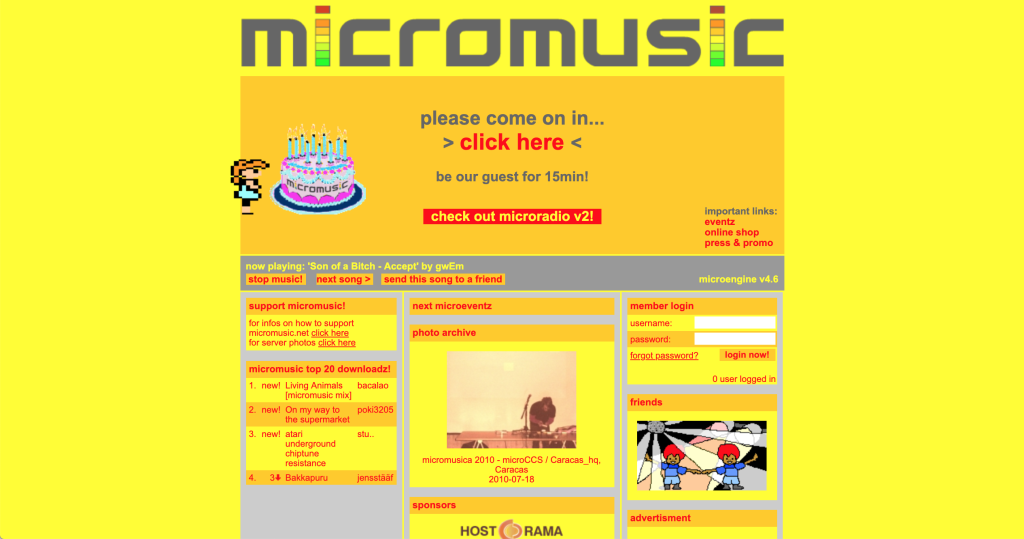At my second tutorial yesterday, Helen suggested I look at Curating Immateriality: The Work of the Curator in the Age of Network Systems edited by Joasia Krysa. I read three essays that discuss how participatory online environments work.
In “Flexible Contexts, Democratic Filtering, and Computer-Aided Curating: Models for Online Curatorial Practice,” Christiane Paul explains how “networked environments enhance the potential for democratisation and increase the public’s agency in several respects – for example through enhanced distribution, filtering, and archiving mechanisms that give importance to an ‘individual’s voice’; through the fact that interventions (in the broadest sense) are not necessarily bound to a geographic space any more; and through a largely decentralised rather than hierarchical structure” (83).
As a result, “any form of agency is necessarily mediated, and the degree of agency is therefore partly determined by the levels of mediation unfolding within an artwork. The agency of the creator/user/public/audience is highly dependent on the extent of control over production and distribution of a work” (83). More broadly, any participatory platform (not just creative ones) allows a different degree of agency to every participant. The internet allows myriad configurations of these agencies, depending on how much power the creator gives the user, and the broad affordances of the internet itself.
In “The Participatory Challenge,” Trebor Scholz defines these platforms as extreme sharing networks. He outlines how a network can succeed by motivating people to participate. “[N]etworkers [must] understand themselves as free agents and not as followers,” and a “social network needs to be able to connect” (202).
Finally, in “From Art on Networks to Art on Platforms,” Olga Goriunova and Alexei Shulgin examine three platforms where users create and share art. The authors write that a culture of openness attracts participants to these platforms. The sites also have interface features that contextualize and develop the art practice, like discussions, filters and rewards. The platforms develop to the point where they become centers of their artistic communities.
I was particularly interested in their discussion of micromusic.net because I’ve participated in the chiptune community, both online and offline. A lot of the positive characterizations rang true to me, but I’ve also observed interactions that come with any real-life community but play out online: hierarchies, stratifications, and petty drama, as well as moments of extreme joy. I’m fascinated by those frictions that develop within participatory communities.
Overall, these texts examine networks used for creative and collaborative production. I found that this focus is limiting and also plays into capitalistic goals of production. The online participatory works that most captivate me often don’t have defined goals. Rather, they aim to create novel, emergent, strange experiences and connections between people.
References
Krysa, Yoasia, editor. Curating Immateriality: The Work of the Curator in the Age of Network Systems. Brooklyn: AUTONOMEDIA, 2006.
